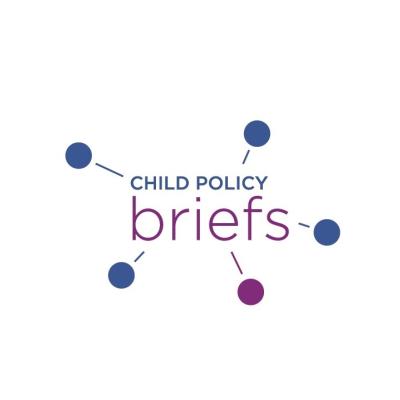Curriculum
A summary of the scientific literature on curriculum and learning in schools.


How This Impacts Children's Development
Changes in curriculum can have substantial educational impacts for children. Common Core State Standards set higher rigorous standards for learning across adopting states, leading to improvements in educational performance. Though not having the profound effects it hoped for, the No Child Left Behind Act (NCLB) had gains in student achievement, the achievement gap, and school accountability.
READ THE BRIEF: The common core state standards: Effects on educational practice, 2014
READ THE BRIEF: Research on No Child Left Behind can inform reauthorization process, 2007
Talking Points from the SRCD Briefs
|
Policy Considerations in the Briefs
- A revised assessment process is needed to capture the types of learning and outcomes promoted by the Common Core State Standards, including developing formative assessments and other measures that track student progress more frequently to guide instruction.
- It will be important for institutions of higher education (IHE) to use the new Standards-based assessment information on student readiness for college.
- Educators should collaborate more systematically to support students' cognitive development year after year, with professional development focusing on student interests, learning styles, and college/career readiness.
- There should be a universal proficiency standard to better prevent variation and differences in achievement across states. This includes further consideration of national content and performance standards, definitions of highly qualified teachers, and achievement tests.
- Adequate yearly progress (AYP) targets must be revised, including adding a “value added” component for schools to focus on all students, not just those at the brink of proficiency.
READ THE BRIEF: The common core state standards: Effects on educational practice, 2014
READ THE BRIEF: Research on No Child Left Behind can inform reauthorization process, 2007